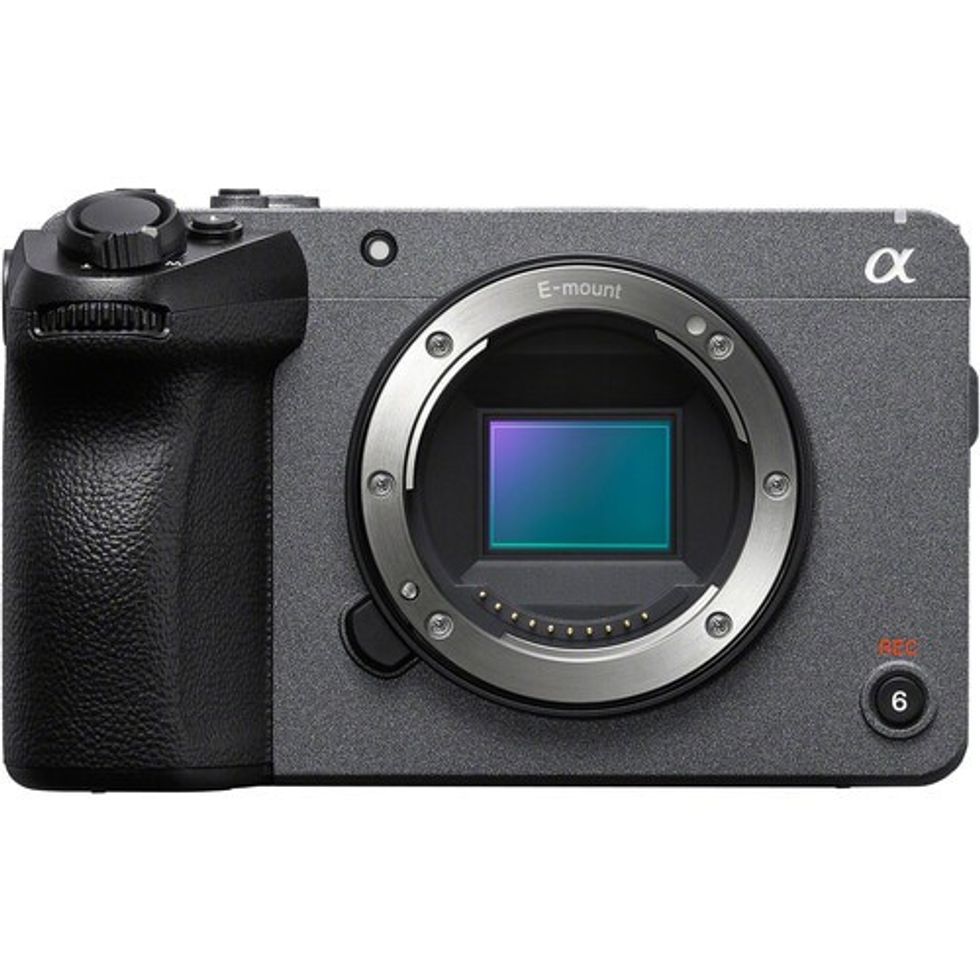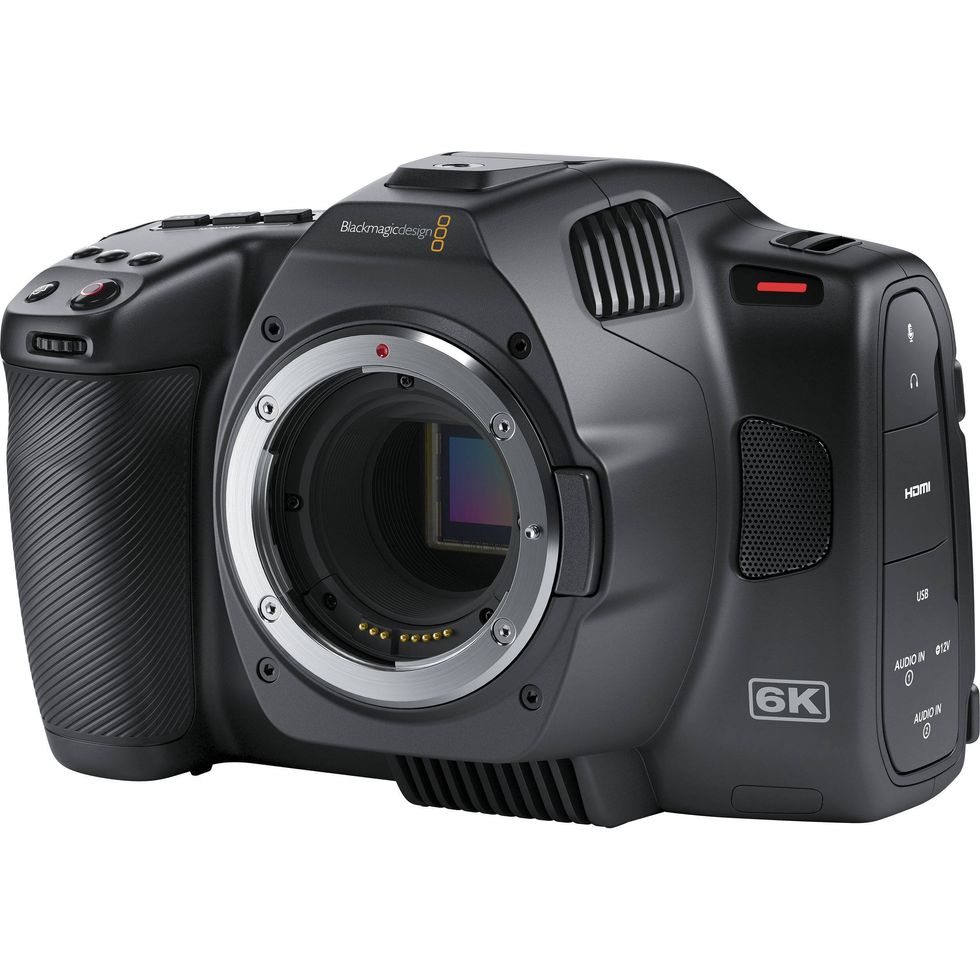
As the digital cinema landscape evolves, Super 35 (or APS-C) continues to be a staple for filmmakers and camera manufacturers alike. It’s a format that won’t go away any time soon, and the likes of Blackmagic Design, Sony, and even Fujifilm are finding it to be a lucrative piece of the camera pie.
For this “Deals of the Week,” we discover three of the best and most affordable Super 35/APS-C cinema cameras on the market.
Which one will you choose?
Fujifilm
Okay, so maybe the Fujifilm X-H2s isn’t a cinema camera. At its core, it’s a mirrorless photography camera with a robust set of video features. But when you have 14 stops of dynamic range, internal ProRes, external RAW, and a slew of film emulation based on Fuji’s storied celluloid history, it’s hard not to call this a cinema camera.
Sans the film emulations, those are the video features you get on an ARRI Alexa Classic, which is still worth more these days. The only thing that would make the X-H2s more of a cinema camera is just stuffing it into a more production-friendly body.
FUJIFILM X-H2s

The FUJIFILM X-H2S is a multimedia powerhouse in a mirrorless camera that features a newly developed X-Trans stacked sensor, refined AF and subject detection, and the ability to record 6.2K video with high bitrates like ProRes 422 HQ or at high speeds, like with 240 fps recording at Full HD. Using the full-size HDMI port, both ProRes RAW and Blackmagic RAW recording is possible, along with the ability to work with F-Log or F-Log 2 profiles, and either format supports working in resolutions up to the open-gate 6.2K.
Sony
Sony has played in the full-frame game for so long that I can’t remember the last time it released a Super 35 cinema camera. Its FX line has been so popular that it’s become the go-to tool for cinematographers needing full-frame. So where’s a company to go from there?
To APS-C, of course. The Sony FX30 took the full-frame FX3 and not only shrunk down the sensor but also the price. This made it a really strong competitor to Blackmagic Design’s Pocket cameras and one of only a handful of affordable cinema cameras that could punch well above its weight.
Sony FX30 Digital Cinema Camera

Leveraging the power of a newly developed APS-C sensor, the Sony FX30 provides everyday content creators and aspiring filmmakers with a powerful yet accessible cinema camera. The FX30’s advanced imaging system is on par with other options in Sony’s Cinema Line—capturing detailed 10-bit UHD 4K imagery at up to 120 fps with up to 14+ stops of dynamic range. The HDMI output also supports 16-bit raw video recording when using either Atomos or Blackmagic Design recorders.
Blackmagic Design
This Australian company embraced the magical world of Super 35 with open arms. Its modern range of Pocket cameras has (until recently) been practically the only option that budget filmmakers have had when they needed RAW without spending a pretty penny. Sure, there were exceptions (looking at you, Sigma fp), but those tools don’t have the long-term support you receive with BMD.
The BMPCC 6K G2 isn’t the flagship model of the pocket line, but it’s a robust tool that offers an image that can compete with cameras many times its cost. For budget filmmakers, this should always be the first stop when camera shopping.
BMPCC 6K G2

The BMPCC 6K G2 is a cine-style camera that features the same 6K S35 sensor, recording features, dynamic range, interface ports, and controls as the 6K Pro but pares down a few features to create a more affordable form. Features include a 5″ tilting touchscreen LCD, Pro EVF, and battery grip options, dual mini-XLR audio inputs, an NP-F570 L-series battery slot, and the updated Gen 5 color science.
Author: Sponsored Content
This article comes from No Film School and can be read on the original site.
